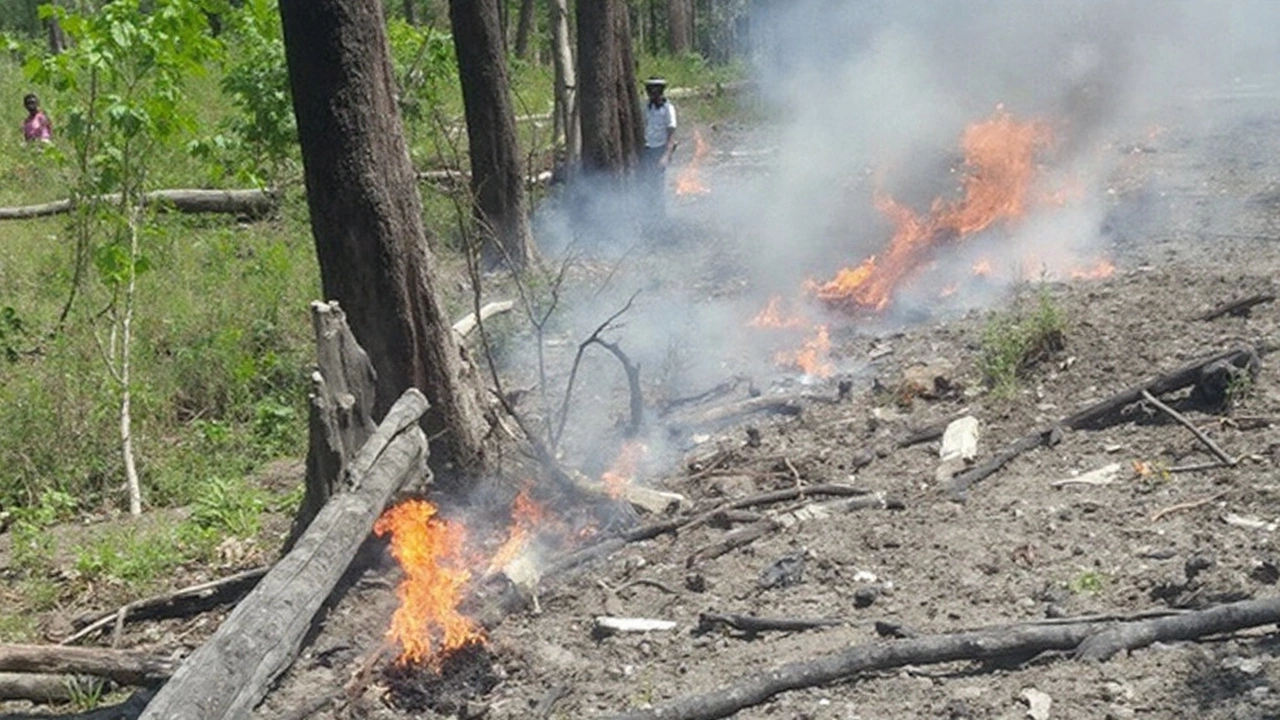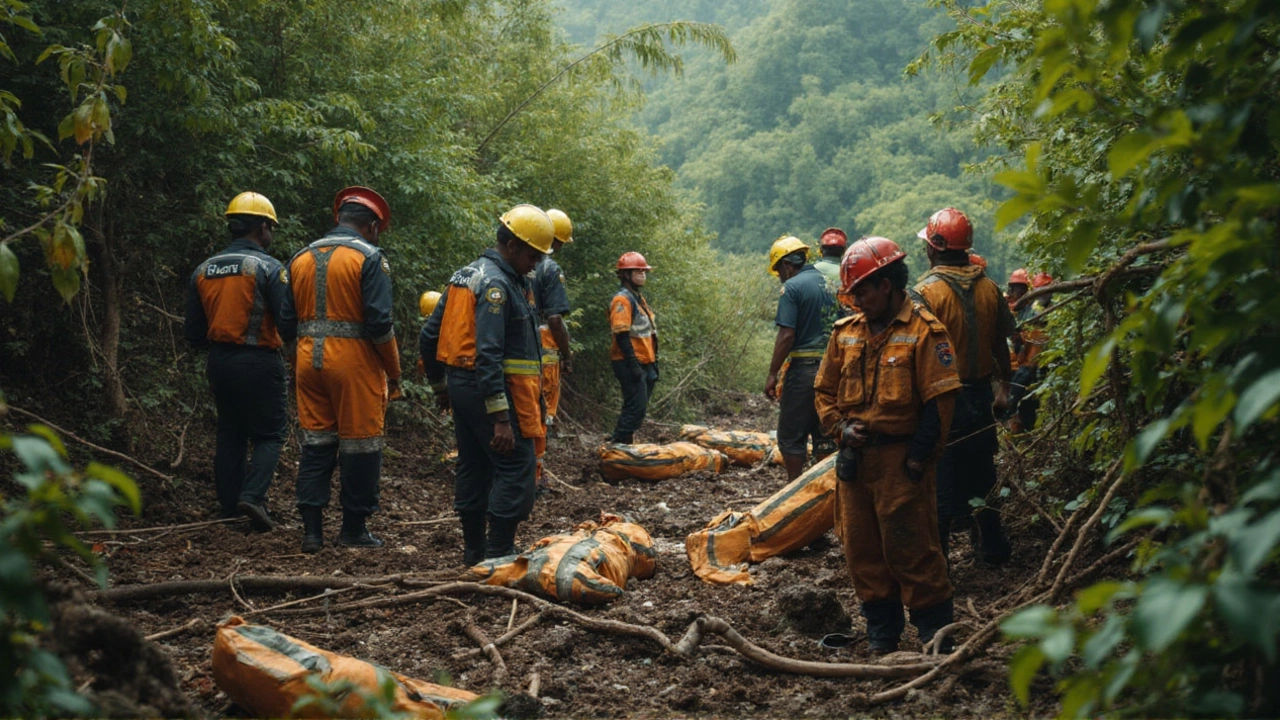Ghana Air Force Helicopter Tragedy: Ministers Lost in Fatal Crash
The forest in Ghana's Ashanti Region had never seen such chaos. On August 6, 2025, a Ghana Air Force Harbin Z-9 helicopter crashed just minutes after departing from Accra’s Kotoka International Airport. The aircraft, assigned to a high-profile mission against illegal mining, carried eight people—three crew and five passengers. Among them were some of Ghana’s most powerful public figures. Rescue teams rushed to the remote crash site, but found only devastation: the wreckage was charred and unrecognizable, and the bodies of all eight people were burnt beyond recognition.
The manifest reveals the full scale of the loss. Defence Minister Edward Omane Boamah, Environment Minister Ibrahim Murtala Muhammed, Deputy National Security Coordinator Al-Haji Muniru Muhammad, and vice chairman of a major political party, Samuel Sarpong, were among those killed. The crash wiped out leaders deeply involved in national security and environmental reform, striking a blow not just to the government but to the country’s ongoing fight against illegal mining.

Disaster Unfolds: Search, Speculation, and National Grief
The Ghana helicopter crash stunned officials and citizens alike. Air traffic control lost contact with the helicopter shortly after its 9:12 a.m. take-off, and within hours, the tragic news broke. Authorities have kept details close, but early guesses point to either sudden bad weather or a technical flaw as the likely culprits. With the investigation still unfolding, teams from the Ghana Armed Forces and National Fire Service are combing through the wreckage for clues.
Scenes at the crash site were disturbing. Rescue workers described a grim effort—pulling burnt, mutilated remains from the debris, making identification almost impossible. Family members of Muslim victims faced particular hardship: traditional burial practices had to be delayed as DNA testing got underway to sort out who was who. The remains, now in Accra, will await confirmation before any funeral rites continue.
The shock to the system was immediate. President John Mahama, who was supposed to be at the same anti-mining event but skipped due to a scheduling change, declared three days of national mourning. Flags across the country dropped to half-mast. For many Ghanaians, the crash is not just a heartbreak but a sobering reminder of how fragile national leadership can be.
As the investigation goes on, there’s a tension in the air—everyone is waiting for answers. Was it avoidable? Could new safety measures have made a difference? Until those questions are answered, the nation mourns, united in grief over the sudden loss of leaders who had shaped Ghana’s policies and future.





